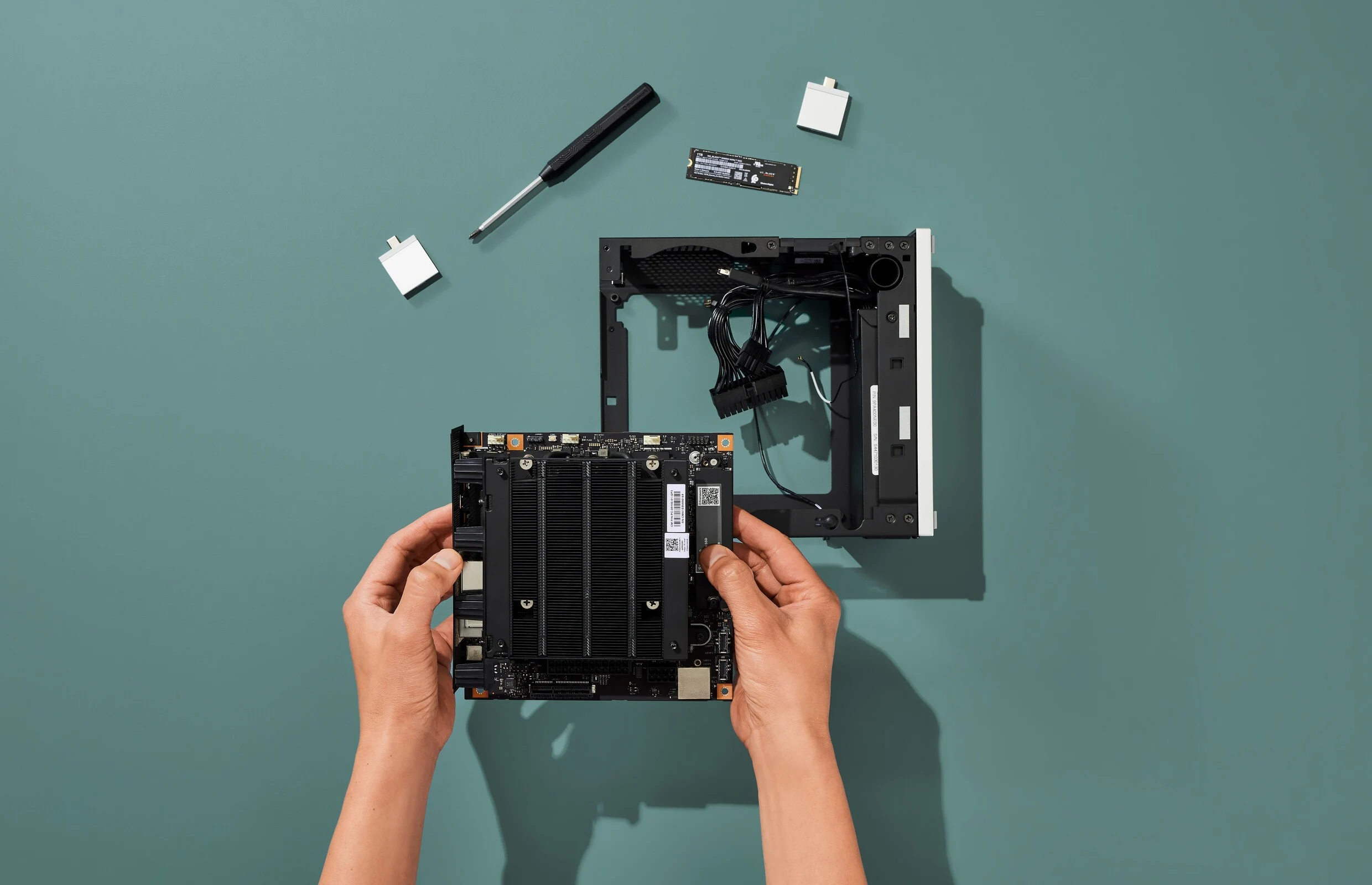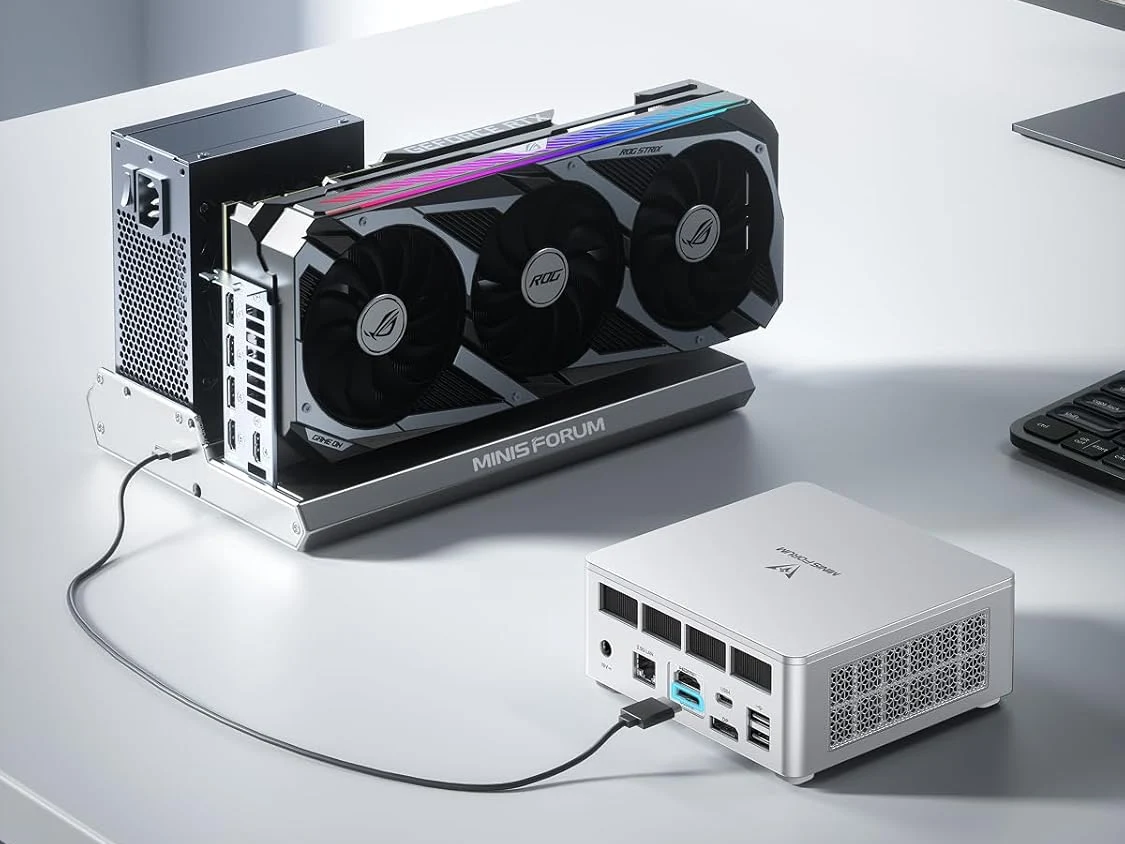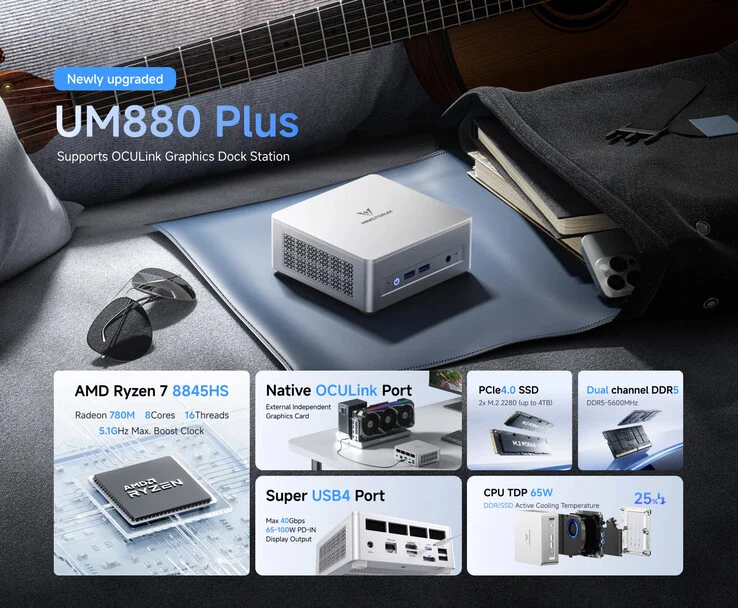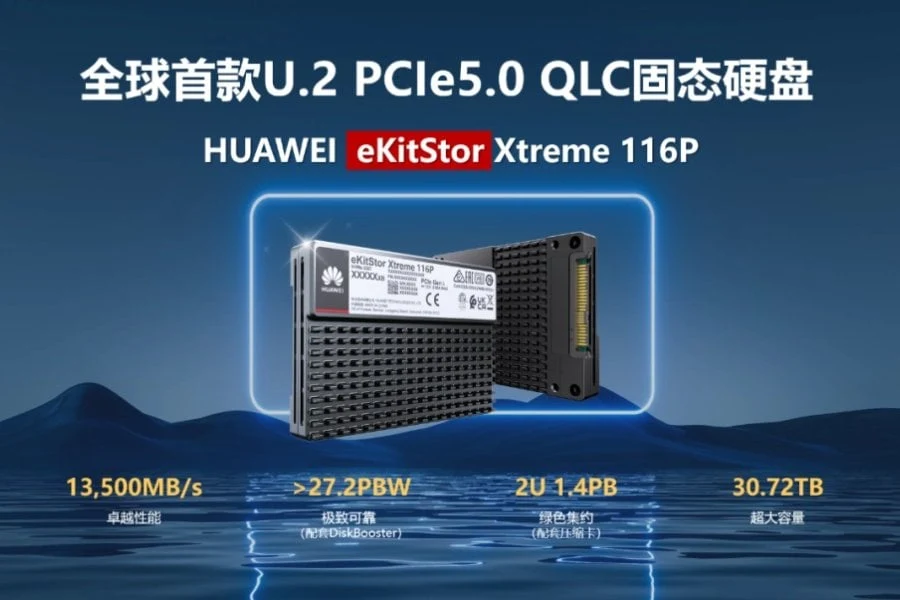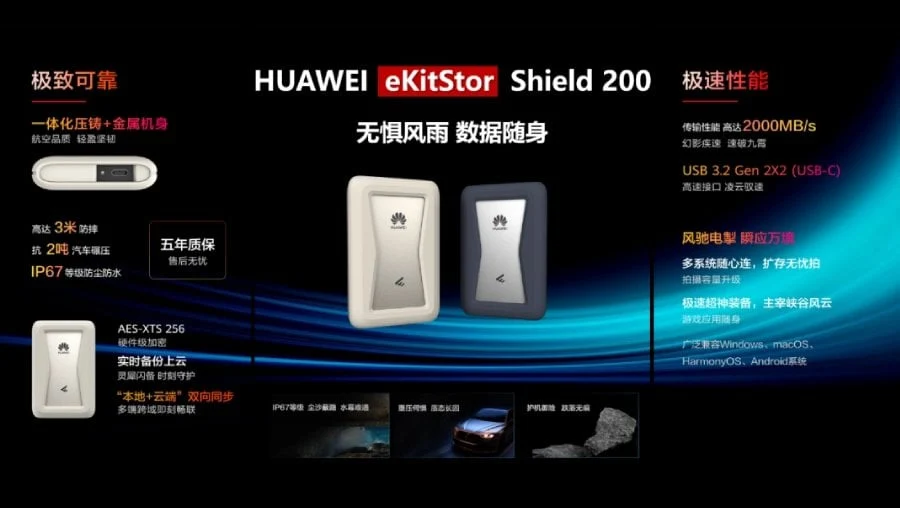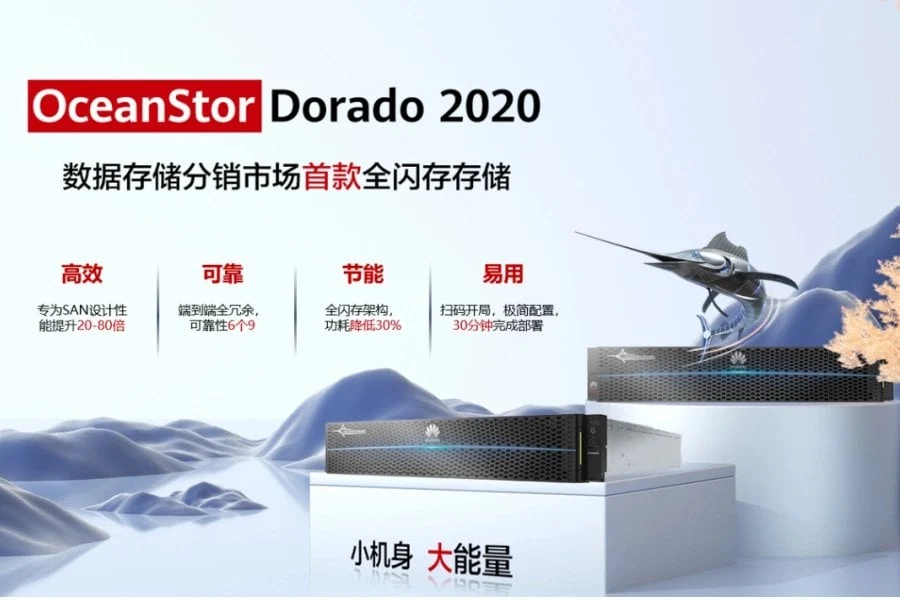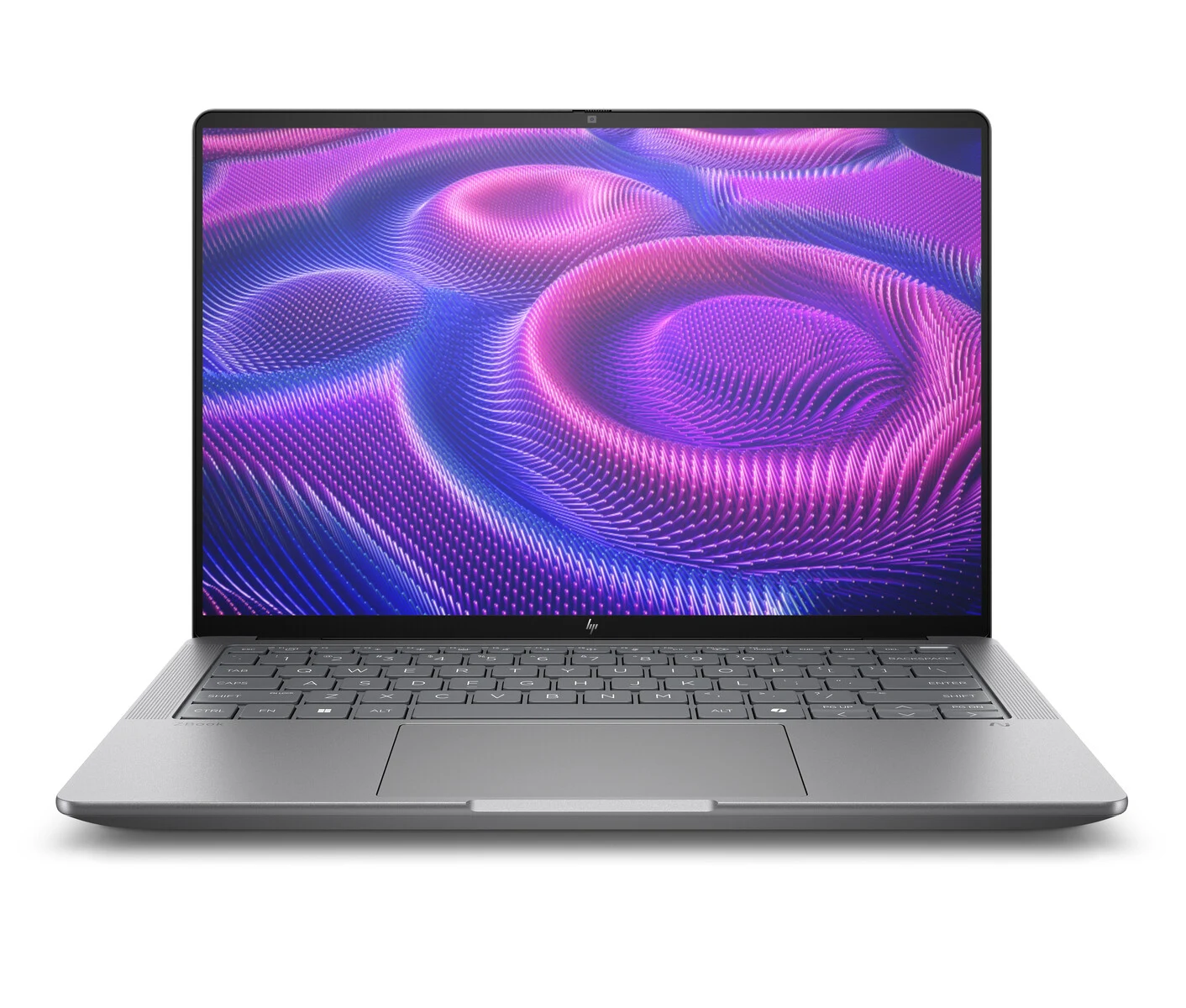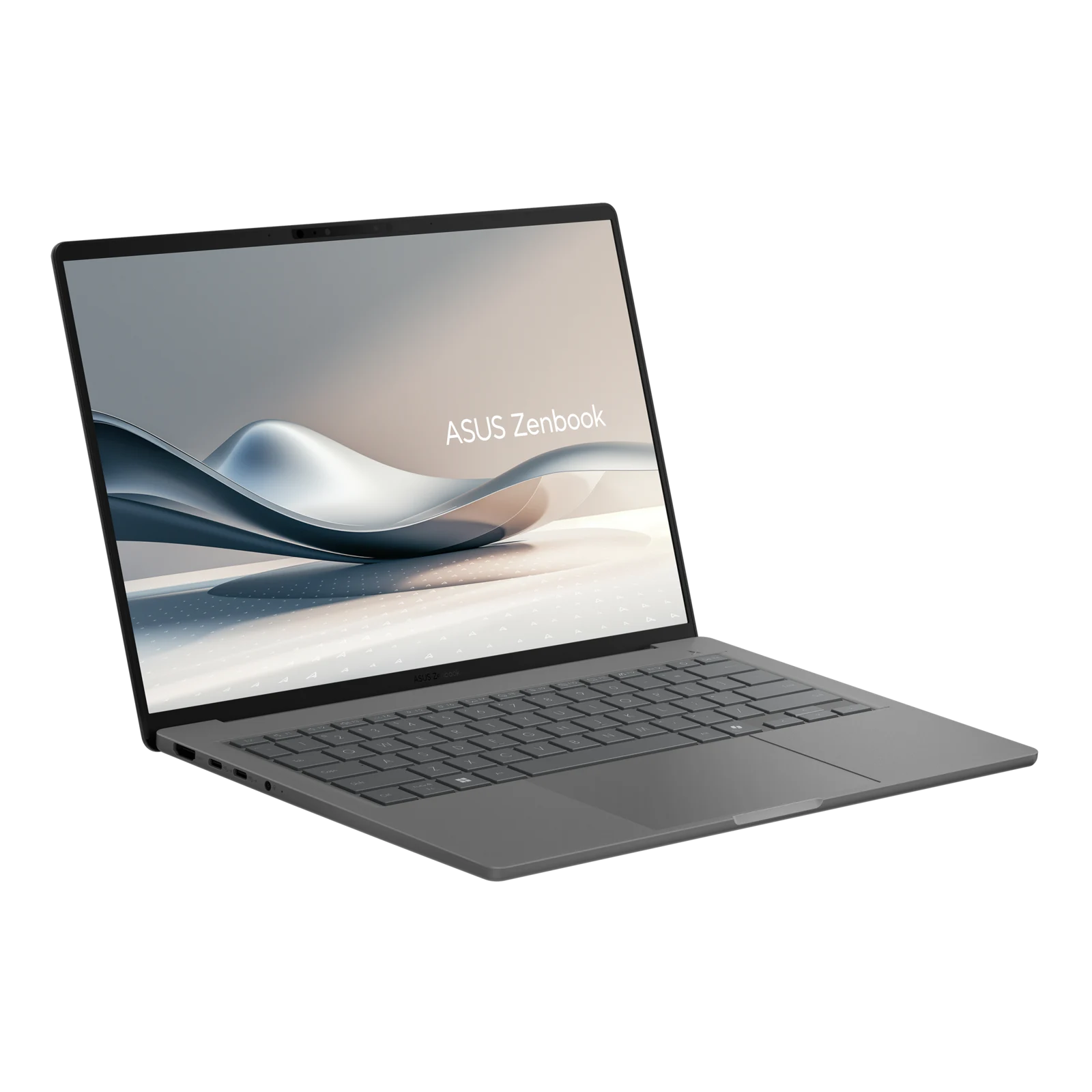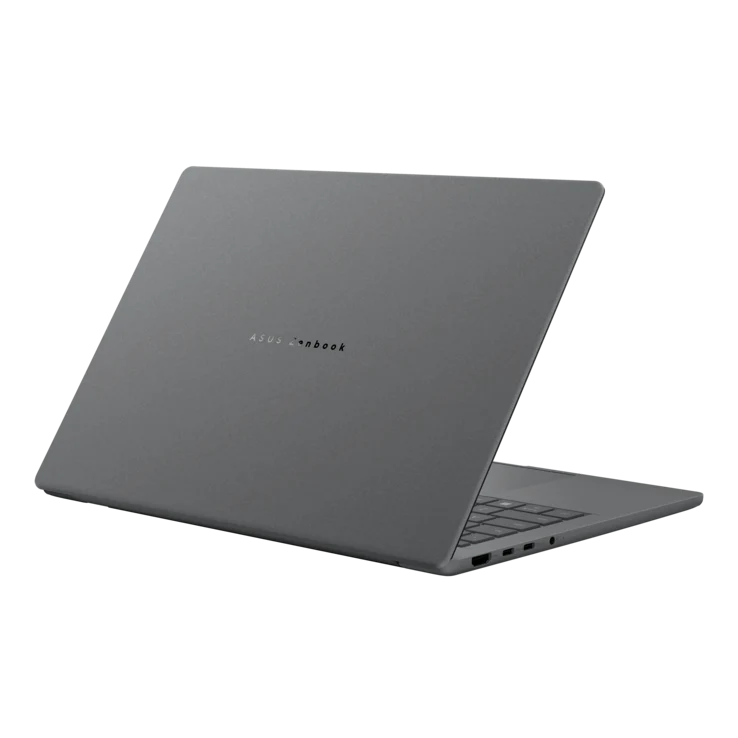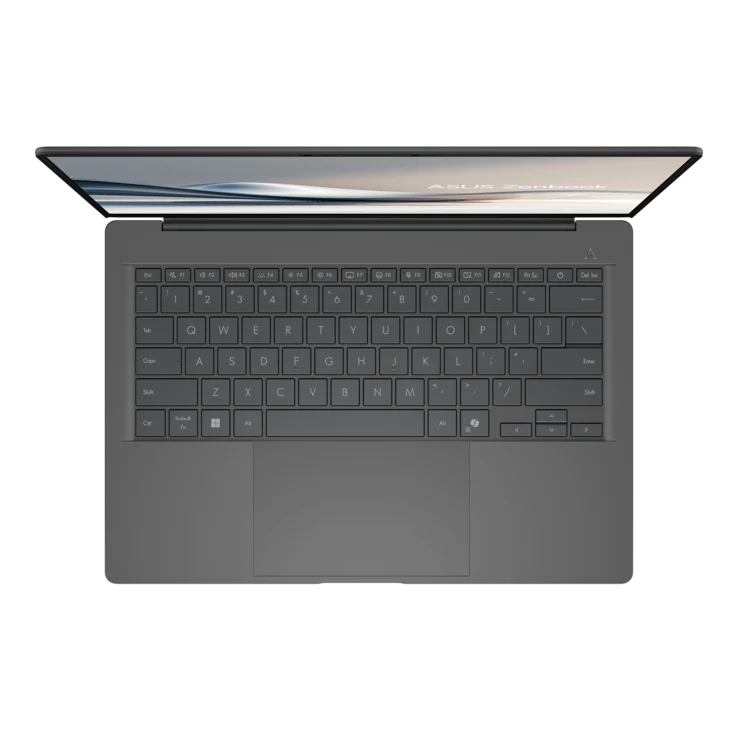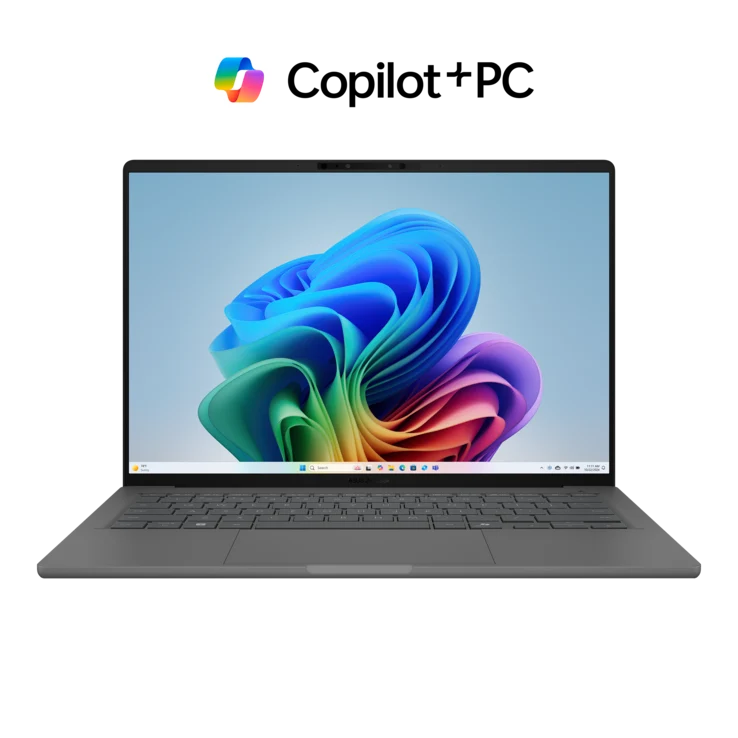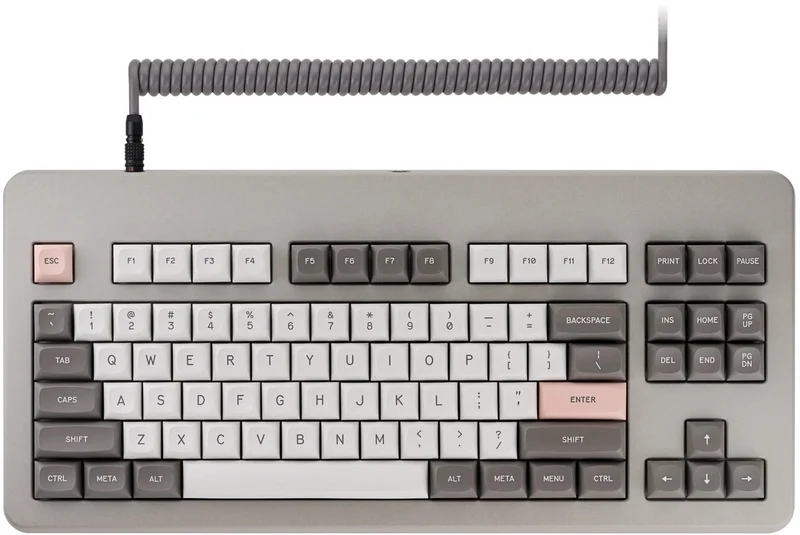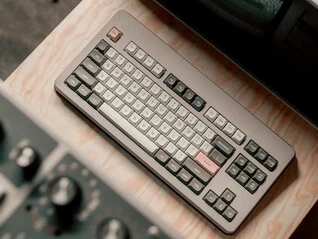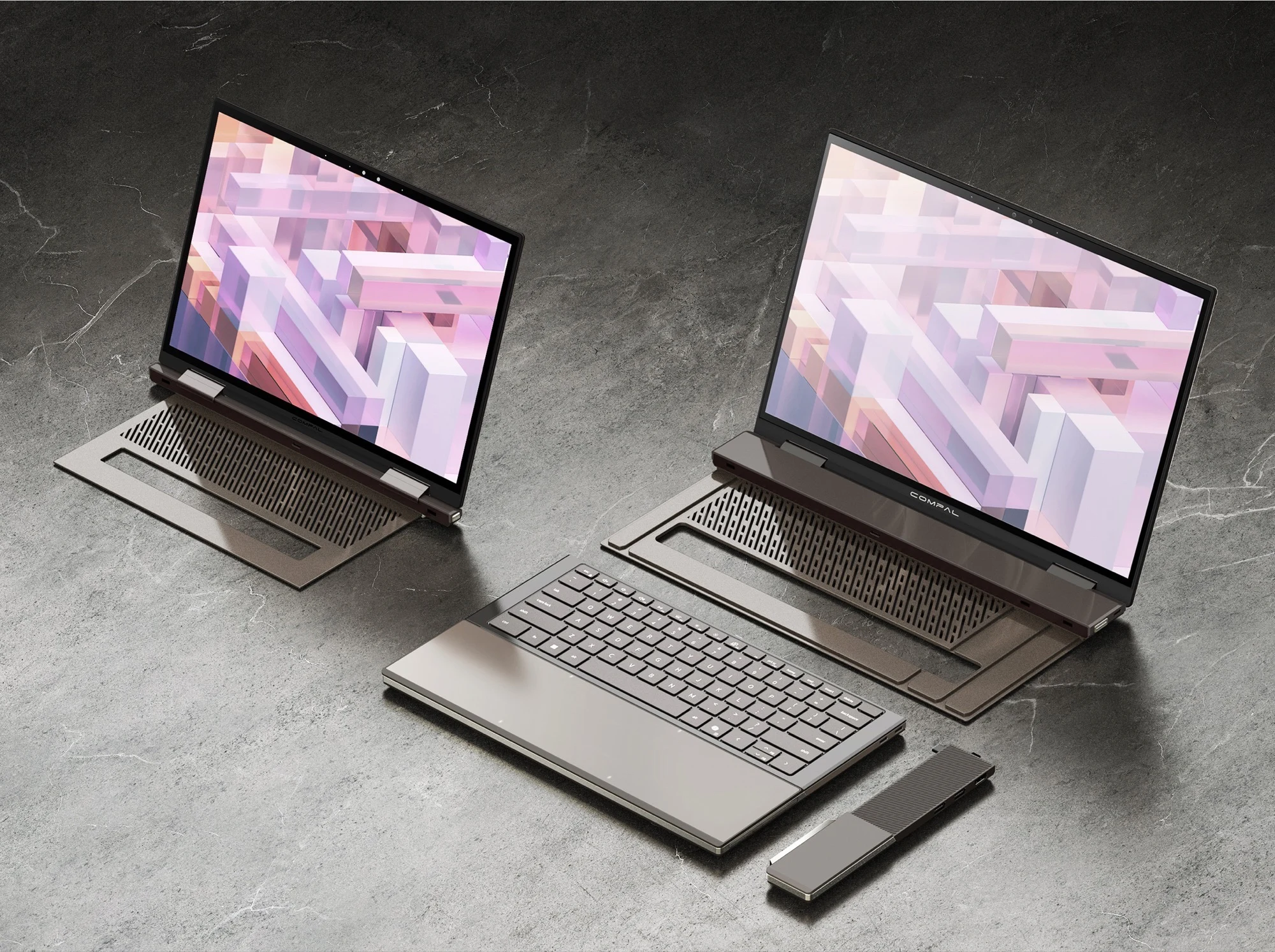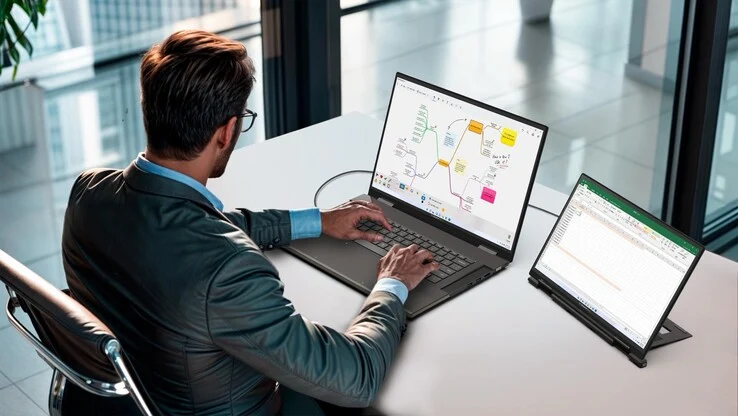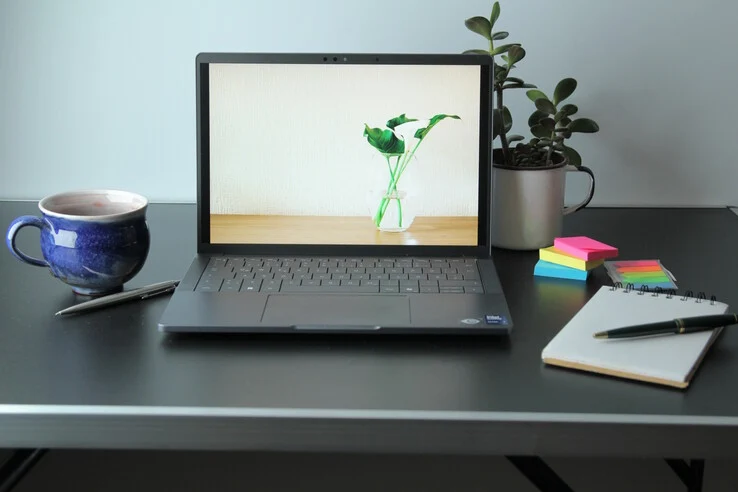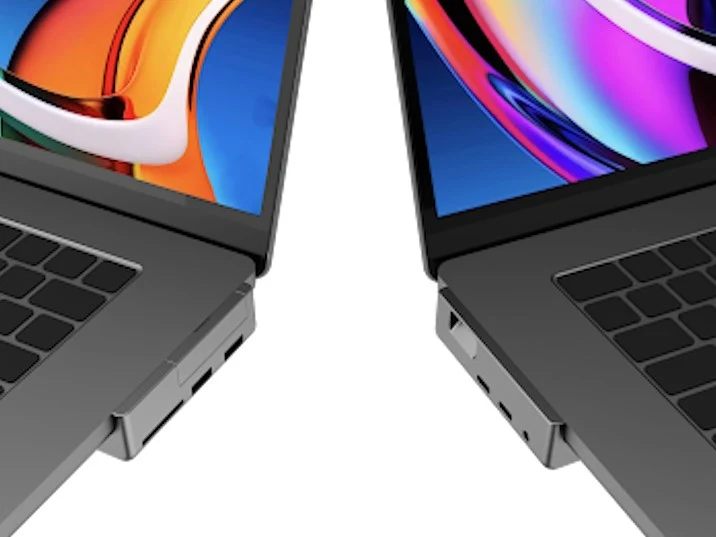Key Takeaways
1. AMD Strix Halo is being integrated into mini PCs from various brands, including Framework, Minisforum, GMKTec, and Sixunited.
2. AMD CEO Dr. Lisa Su confirmed plans to bring Strix Halo to desktop systems, indicating a broader vision for the technology.
3. The compact design of Strix Halo makes it well-suited for mini PCs, allowing it to fit into diverse cases.
4. Strix Halo components are currently found in only a few laptops, specifically the Asus ROG Flow Z13 and HP ZBook Ultra 14 G1a.
5. Strix Halo is a powerful component that can outperform Intel products and compete with Apple Silicon in certain tasks.
AMD Strix Halo has already found its way into several mini PCs from brands like Framework, Minisforum, GMKTec, and Sixunited. There’s also one from HP, but it hasn’t been listed anywhere yet. Recently, the General Manager of Asus China had the chance to chat with AMD CEO Dr. Lisa Su, where they touched on Strix Halo.
AMD’s Future Plans
At about the 5:40 mark during the interview, when Dr. Su was asked whether AMD intends to bring Strix Halo to desktop systems, she confirmed, “Yes.” This indicates that AMD has a bigger vision for Strix Halo, aiming to provide it across various form factors. It’s expected that mini PCs will be its main application since the motherboard is quite compact, which enables it to fit into a variety of cases.
Desktop and Laptop Availability
The idea of Strix Halo making its way into more desktops is indeed exciting, yet it has been missing from laptops. Currently, the only devices utilizing Strix Halo components are the Asus ROG Flow Z13 and the HP ZBook Ultra 14 G1a. It remains a laptop-worthy component that can easily outperform anything Intel has, and even compete with Apple Silicon in certain tasks.
Source:
Link

